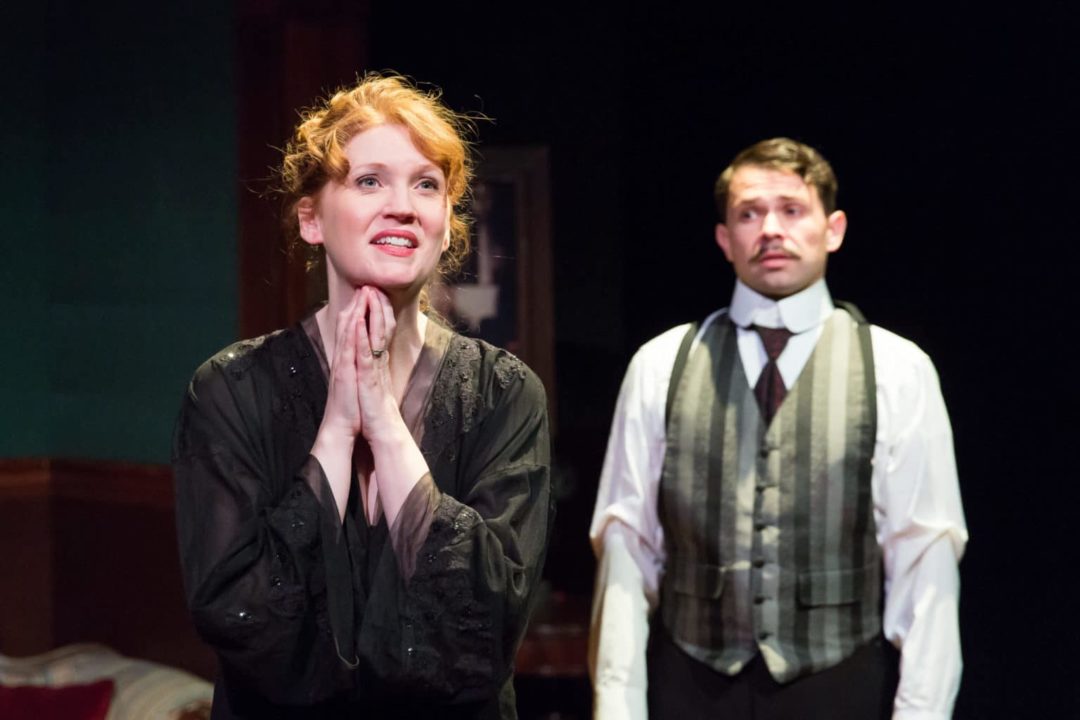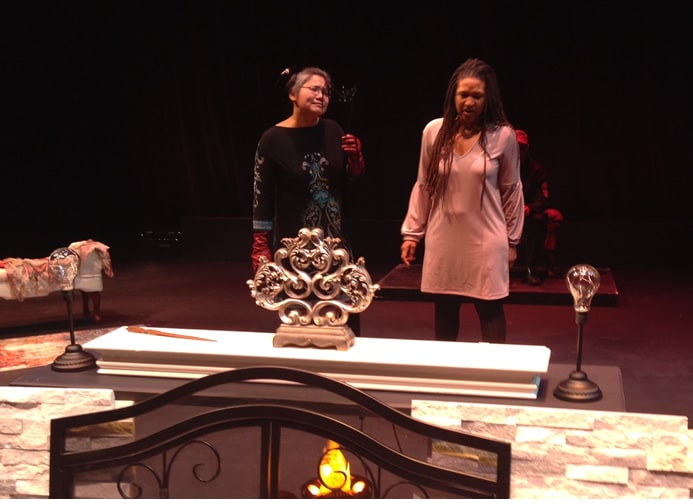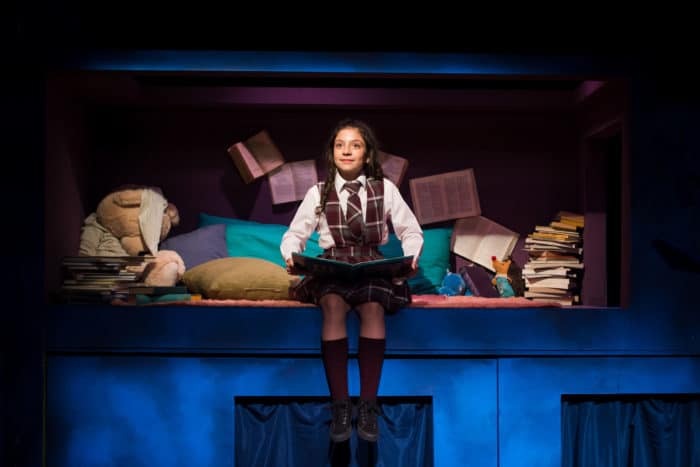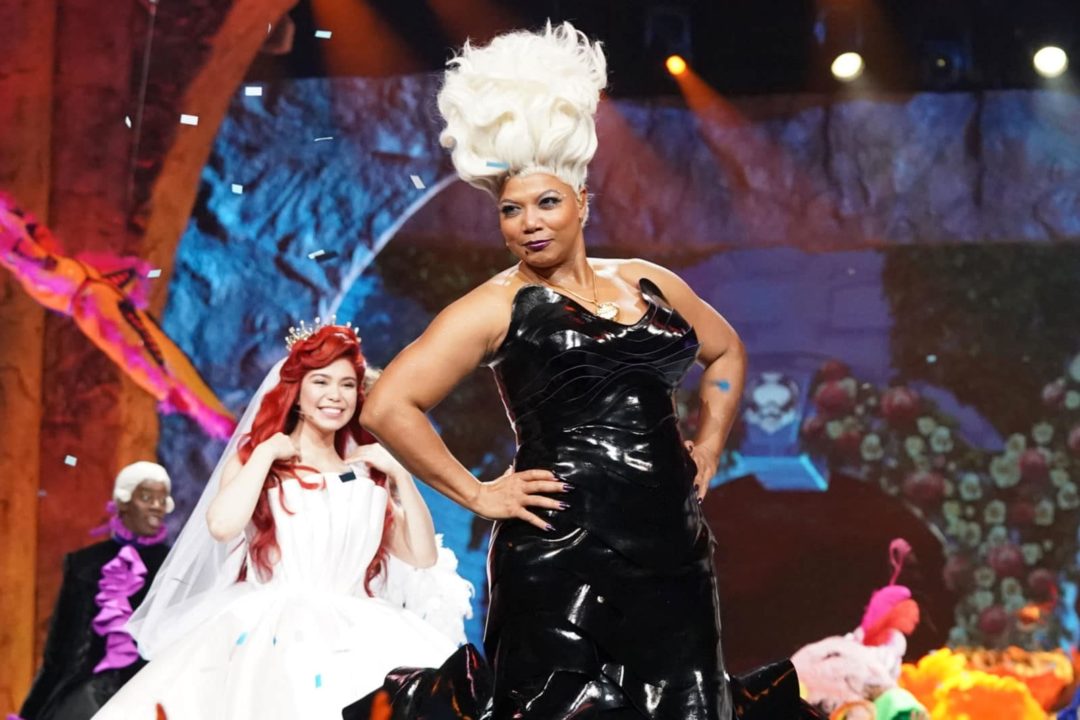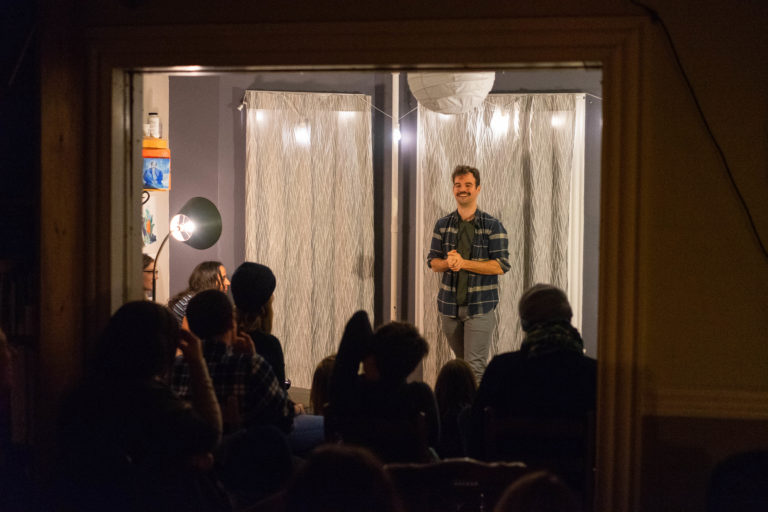By Mercedes Hesselroth
This article was first published in Washington Independent Review of Books here. This article was produced within the New Book Critics project, a part of Day Eight’s 2022 Crisis in Book Review conference.
Double bassist Daniel Barbiero has spent decades thinking and writing about the interaction between music and other artforms and the places in which these cross-sections of time, space, and sound collide. His recently published essay collection, As Within So Without: & Other Writings, covers a wide-ranging slate of art-related topics, including Surrealism, poetry, dance, the nature of musical improvisation, and the meaning of meaning itself (or lack thereof).
The majority of these 20 essays first appeared in the art and literary journal Arteidolia, which also owns the press that published As Within So Without. Consequently, Barbiero’s book is not for the uninitiated. Art-history novices, for instance, shouldn’t expect much orientation in the chapter “Is Silence Golden?” when Barbiero weighs in on a century-old debate between Surrealists and musicians surrounding the limits of musical expression compared to other artforms.
Readers meeting key players like Andre Breton and Giorgio de Chirico for the first time might be lost for most of this chapter — and the rest of the book. And if you’d never seen an asemic text prior to picking up As Within So Without, the chapter “Writing Pushed Beyond Writing” won’t necessarily give you the tools to envision one of these written images.
Part of the problem lies in the form in which this essay appears in print. The original online version of “Writing Pushed Beyond Writing” begins with artist Cy Twombly’s asemic piece Cold Stream (1966). For a highly intertextual book so focused on comparative art, visual systems of writing and notation, and spatial division, the exclusion of the pieces discussed from As Within So Without results in most of these unrevised essays appearing without full context.
In the chapter “Dancing with the Hands,” Barbiero implores readers to “look again at the dancer’s hands as they pick up an object,” but the photograph of two dancers frozen in motion as they lean over an array of fossils featured in the Arteidolia version of the piece is nowhere to be found. Neither are there any additional written descriptions to make up for the missing visual reference.
The lack of visual material also leaves readers at the mercy of Barbiero’s interpretations of the works with no room for additional input or disagreement. To wit: In “The Angel of Contingency,” he describes the creature of Angelus Novus (1920) by Paul Klee as “a blocky physique facing us with a bland expression.” To me, the angel’s bared teeth and lowered eyes appear anything but bland, and I’m reminded of a crude version of Leonardo da Vinci’s Vitruvian Man (1490).
Such is the varying and unique experience of art Barbiero himself talks about in several observations on “idiolectic” theory — the idea that language holds different associations and references for everyone — throughout the book. But readers without access to the central pieces referenced in his essays miss the opportunity to apply the theories while reading. The book also contains numerous typos, awkward spacings, and misspelled words that, oddly, don’t always appear in the original online essays.
Further, there are multiple points where Barbiero’s writing extends too far into the abstract. In the titular essay of the collection, “As Within So Without: The Painter as Clairvoyant,” he writes that “the occasions and locations associated with travel — by train or any other means — naturally continue to elicit powerful emotions,” but neglects to define what these emotions are, ambiguously stating that they are “scenes of deep emotional meaning” with “specific emotional meanings” cast “in a certain emotional light.”
In “On Russell Atkins’ Poetics of Objectified Mind,” Barbiero discusses “Atkins’ signature gesture of substituting an apostrophe for the omitted ‘e’ before the ‘d’ at the end of a past-tense verb [in] order to conflate its functions as an adjective and verb,” but this passage never showcases a sentence from Atkins that would demonstrate his intended grammatical effect.
The strongest parts of As Within So Without are the essays about music and dance, especially the artistry and experience of improvising music live. One can imagine these essays fitting neatly into an undergraduate conservatory curriculum, young musicians ruminating on the sonic landscapes they shape and the temporal spaces they occupy while performing.
But for the layman who wants to dive into one of Barbiero’s many areas of artistic expertise, these writings are best enjoyed in their original multimedia home on the Internet and not as the plain, unadapted text in this book.


